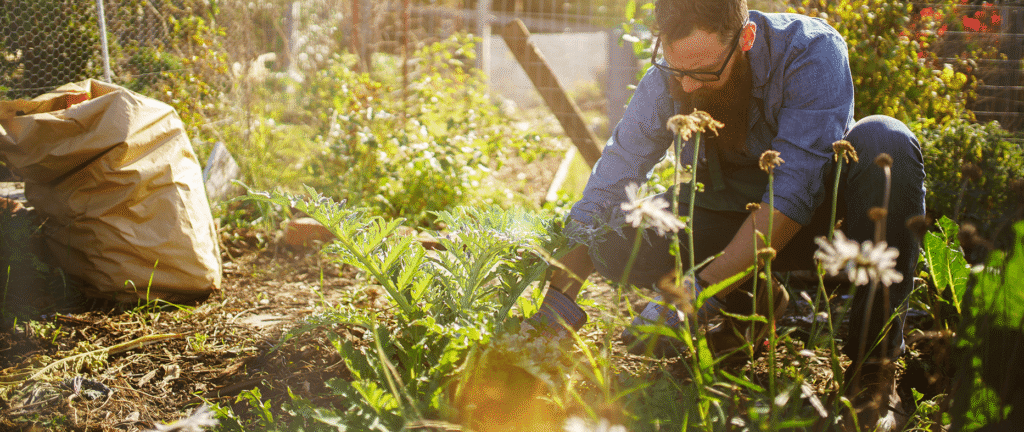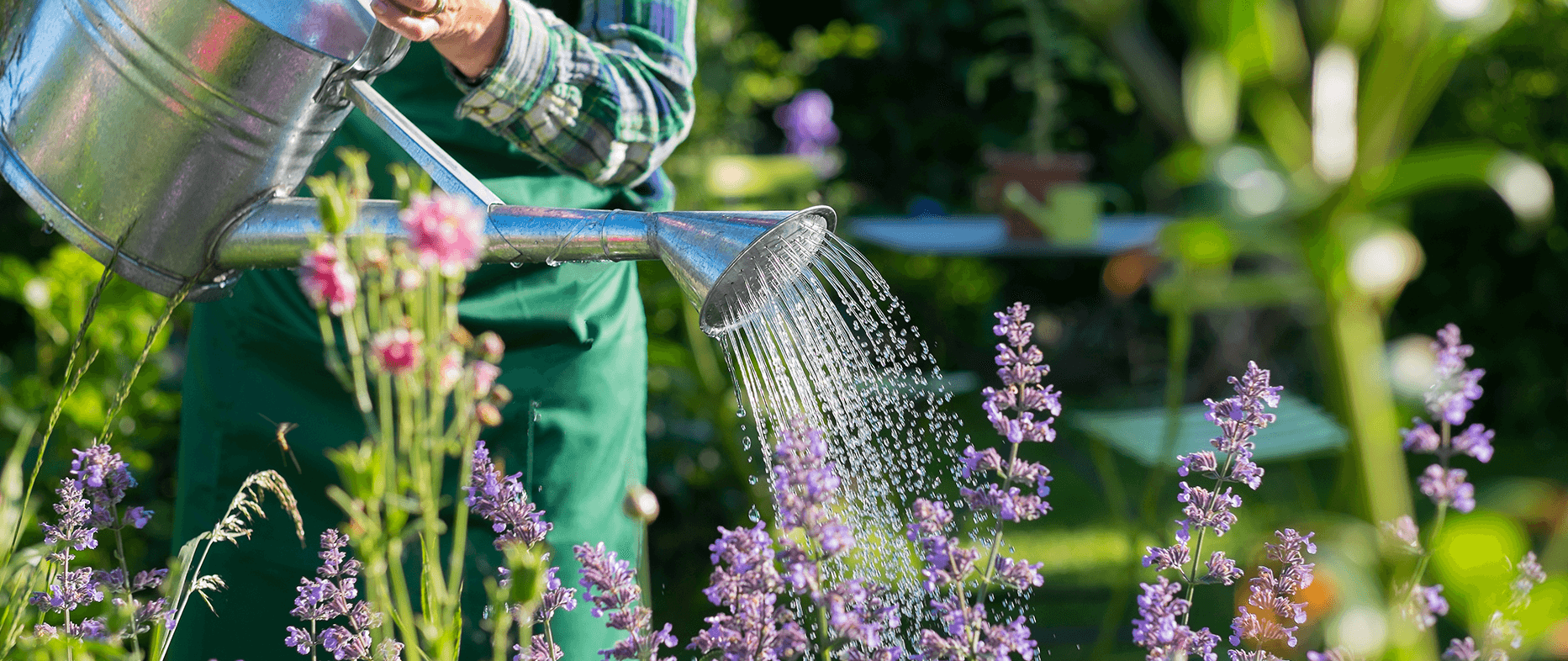South Bengal, with its warm, humid climate and fertile soil, offers a fantastic opportunity to cultivate a vibrant garden year-round. But knowing what to plant when can be the key to a thriving and productive patch. This seasonal calendar will guide you on what flowers and vegetables flourish in our region during different times of the year, ensuring you have a colorful garden and a fresh supply of homegrown goodness.
Understanding South Bengal’s Seasons:
Before we dive into the calendar, it’s helpful to understand the broad seasons we experience:
Winter (December to February): Cool and dry, the prime time for a wide variety of flowers and vegetables..
Summer (March to May): Hot and humid, requiring heat-tolerant varieties.
Monsoon/Rainy Season (June to September): High humidity and rainfall, ideal for certain water-loving plants.
Autumn (October to November): Pleasant and relatively dry, perfect for many winter crops.

Your Seasonal Planting Guide:
Summer (March – May):
- Flowers:
- March-April: Marigold, Zinnia, Cosmos, Sunflower, Portulaca (Moss Rose), Gomphrena
- May: Gaillardia, Vinca (Periwinkle), Tuberose (Rajani Gandha), Jasmine (Chameli)
- Vegetables:
- March-April: Pumpkin, Bitter Gourd (Karala), Bottle Gourd (Lau), Ridge Gourd (Jhinga), Cucumber (Kheera), Okra (Bhindi), Brinjal (Baingan), Amaranth (Lal Shaak)
- May: Summer Squash, Pointed Gourd (Potol)
Monsoon/Rainy Season (June – September):
- Flowers:
- June-July: Mogra, Rain Lily, Balsam, Kochia
- August-September: Sunflower, Marigold, Celosia, Globe Amaranth
- Vegetables:
- June-July: Chilli (Lanka), Tomato (Tamatar) (choose disease-resistant varieties), Capsicum (Shimla Mirch), Radish (Mooli), Cowpea (Borboti)
- August-September: Spinach (Palak), Fenugreek (Methi), Cluster Beans (Gawar Phali), Yam (Olkachu)
Autumn (October – November):
- Flowers:
- Chrysanthemum (Chandramallika), Dahlia, Calendula, Salvia, Aster, Petunia, Pansy
- Vegetables:
- Cauliflower (Phoolkopi), Cabbage (Bandhakopi), Broccoli, Carrot (Gajar), Beetroot (Chukandar), Turnip (Shalgam), Radish, Spinach, Lettuce, Green Onions (Piyajkolli)
Winter (December – February):
- Flowers:
- Rose, Carnation, Sweet Pea, Nasturtium, Stock, Verbena, Dianthus, Larkspur
- Vegetables:
- Peas (Motor), Beans (Sheem), Tomato, Capsicum, Brinjal (early sowing), Potato (Alu), Onion (Piyaj), Garlic (Rasun), Leek, Parsley, Coriander (Dhaniya)
Tips for a Successful Garden in South Bengal:
- Soil Preparation: Ensure your soil is well-drained and rich in organic matter. Amend with compost and manure regularly.
- Watering: Water deeply and regularly, especially during the hot and dry seasons. Adjust watering during the monsoon.
- Sunlight: Most flowers and vegetables need at least 6-8 hours of sunlight per day. Choose your planting location accordingly.
- Pest and Disease Control: Be vigilant for pests and diseases. Use organic pest control methods whenever possible.
- Crop Rotation: Practice crop rotation to maintain soil health and reduce pest buildup.
- Seed Quality: Always opt for good-quality seeds from reliable sources.
- Local Knowledge: Talk to local gardeners and nurseries for specific advice tailored to your area within South Bengal.
This calendar is a general guideline, and planting times may vary slightly depending on microclimates and specific varieties. However, it provides a solid foundation for planning your garden and enjoying a continuous display of beautiful flowers and a harvest of fresh, seasonal vegetables throughout the year in South Bengal. Happy gardening!
